The holidays are over, the year is coming to a close, and I think most of us are happy to see it go. Granted, this has been a productive year for Harmonic, and I'm thankful to have been able to share the journey with you all. It's been a real pleasure to meet new friends through game development, and I am hoping all of us continue to see success with our projects well into 2021 and beyond.
Continuing on from our last Devlog entry where we discussed gameplay layout, I'll now touch on what it looks like to put the more creative elements into the mix and begin to 'flesh out' the skeleton of our first draft . If you're not at the point where you've made a gameplay layout yet, that's also fine. It depends on what kind of game you want to make, of course, but more often than not, the creative aspects of game design can come well before the technical ones. In fact, if you've bothered to make a game at all, it's quite probable you were inspired to do so because you had a brilliant idea for a scene, or a level, or a boss that you really wanted to bring to life.
It's a breeze to work on a game when you have inspiration, but when you don't, it becomes quite a task. More designers get caught in a lull when it comes to designing incidental aspects of their games, or parts that they're less interested in tackling for whatever reason. Too, I think a big part of what gets game designers stuck, outside of the normal push and pull of daily life, is a tendency to see everything all at once as a daunting, scary pile of tasks. A better approach is to break everything into parts.
When I set out to make the "world tour" portion of Harmonic that takes place in Chapter 3, I got really caught up in the scope of it and started to withdraw from important work needing done on the game at large. It's a daunting task, even now, but I've made waves in accomplishing a lot of what had me nervous to even dip a toe in, months ago. Once again, my problem was looking at three big worlds I had to create, instead of breaking those worlds down into their component parts. We often hear the phrase, missing the forest for the trees but game designers tend to have a bigger problem in missing the trees for the forest.
If you've read any of my writing beyond this blog, then you know that I'm fond of this little phrase:
Ten years is going to pass, anyway.
It's probably self-explanatory, but if it's not, the deeper meaning here is that you can work towards something or not. Time will pass, no matter what you're filling it with. I've found this concept to be utterly freeing because too often, we put time limits on things that really need no such hindrances. Game designers know this better than most people, I think. We're used to AAA companies releasing titles on deadlines because they have profit margins that revolve around certain times of the year (Christmas, the release dates of competitors' games, etc.) and if they actually want to make money, they need to limit the time they spend on production.
Of course, the industry is also full of cautionary tales, where deadlines did anything but serve the studio making the game. At the time of this writing, one needs look no further than the front page of any gaming news site for a rundown of the disaster that became Cyberpunk 2077 after a slew of delays led to an ultimately rushed release.
If you're a game designer and you're not doing it already, I recommend taking a sketchbook or a notebook with you, wherever you go. You'd be surprised, throughout any given day, what kinds of things you can come up with to help you get over any given hump. Whether you're stuck on something you really don't want to work on, or you want to be sure the thing you do want to tackle is going to be as great as you hope it is, having a journal to write or sketch your thoughts down can produce surprising insights. And don't be afraid to use them sooner than later. You'll get more good ideas as you go about making your game.
As an example, I usually run into trouble with bosses. I've mentioned before how I look forward to creating bosses and sometimes even have one or two ideas for how they'll behave and dish out damage -- but there is so much to making a bossfight memorable, the thought of tackling it will often leave me stunned. In this case, I often find my notebook is my best friend. I can't tell you how many times I get an idea for the story around a boss fight, a mechanic for an attack, or just some extra padding when it comes to fun-factor, as my thoughts wander throughout any given day.
Once one boss is done, it's easier to believe you can do a second, and then a third, and so on... And often, once something is started, it becomes easier to finish. That initial start is one of the biggest hurdles to get over.
Join me next time for a look into further developing worlds within worlds, as I touch on the concept of quality over quantity and the aforementioned building of castles instead of kingdoms.
Here's to a happy 2021!
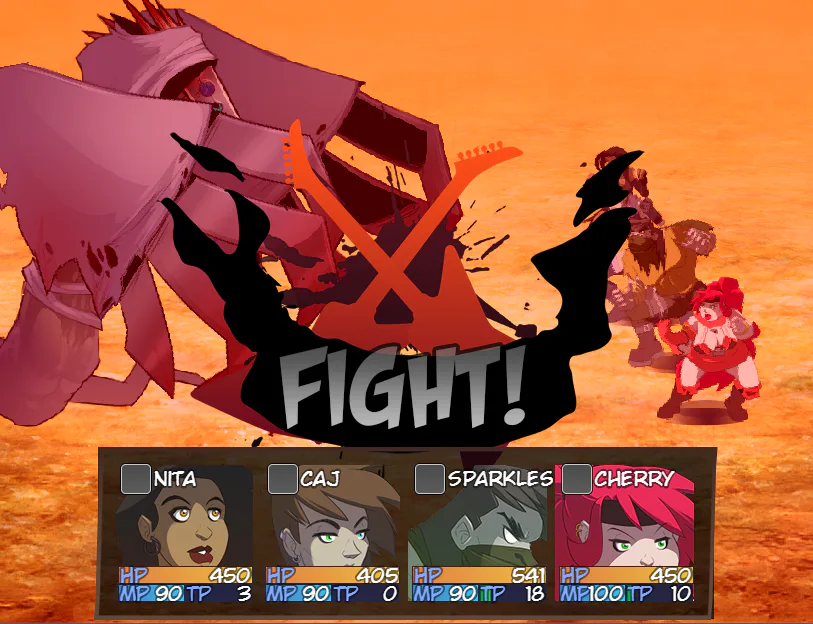
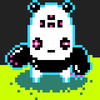



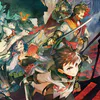

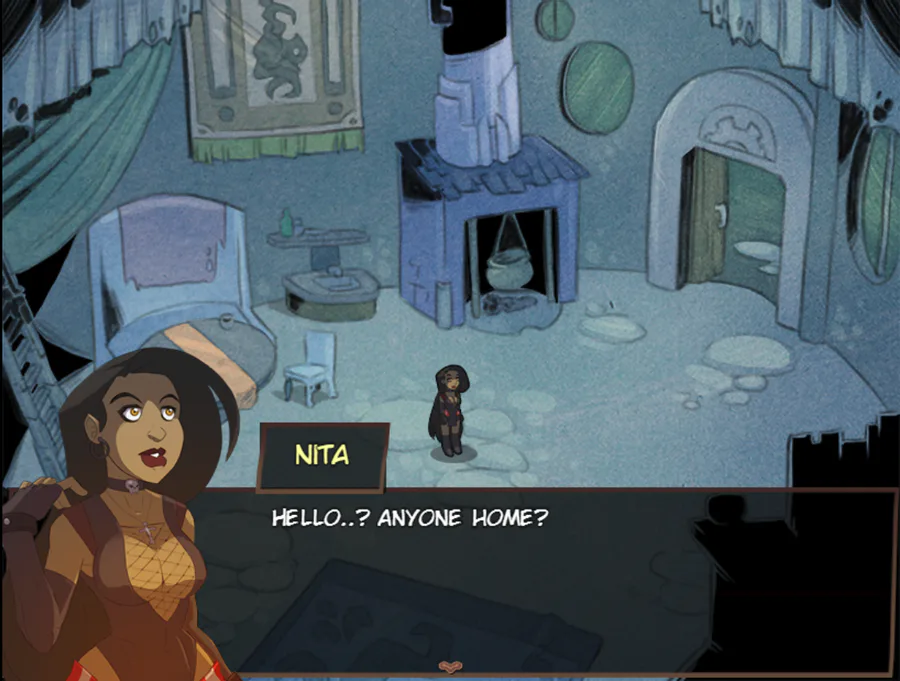
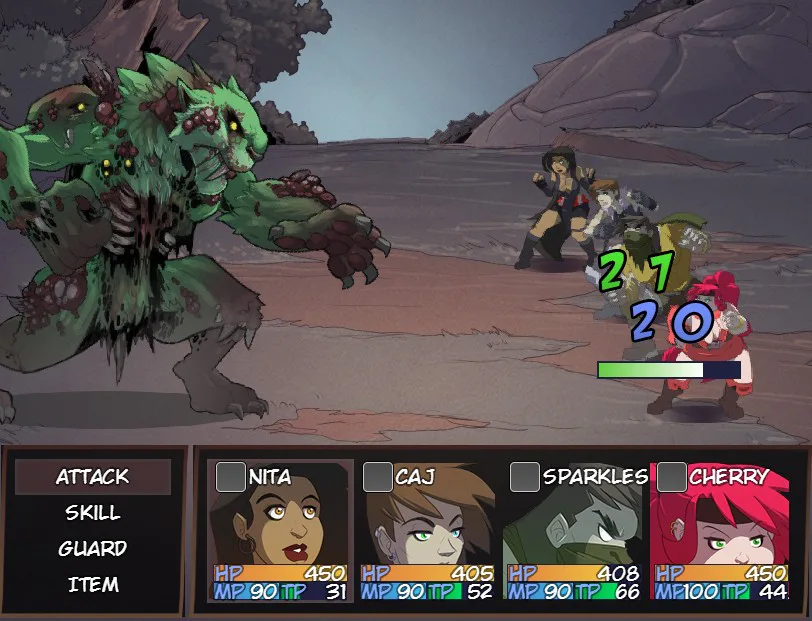
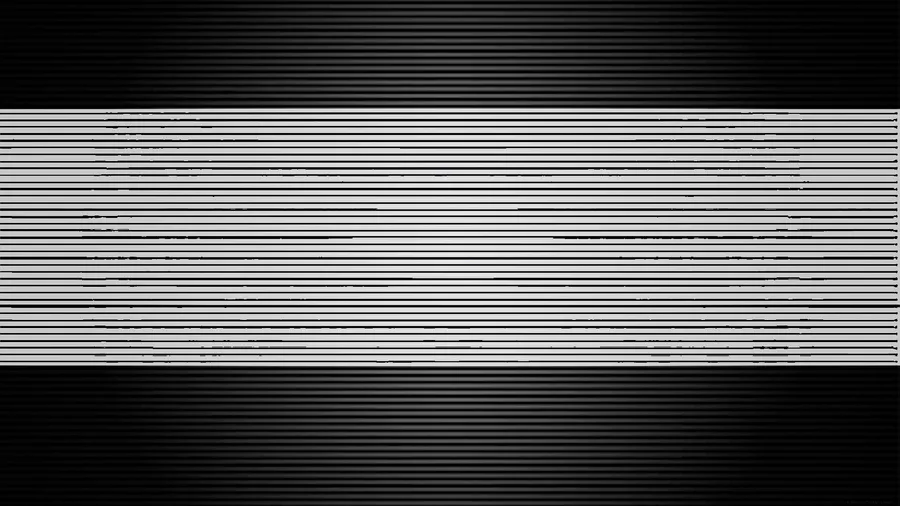


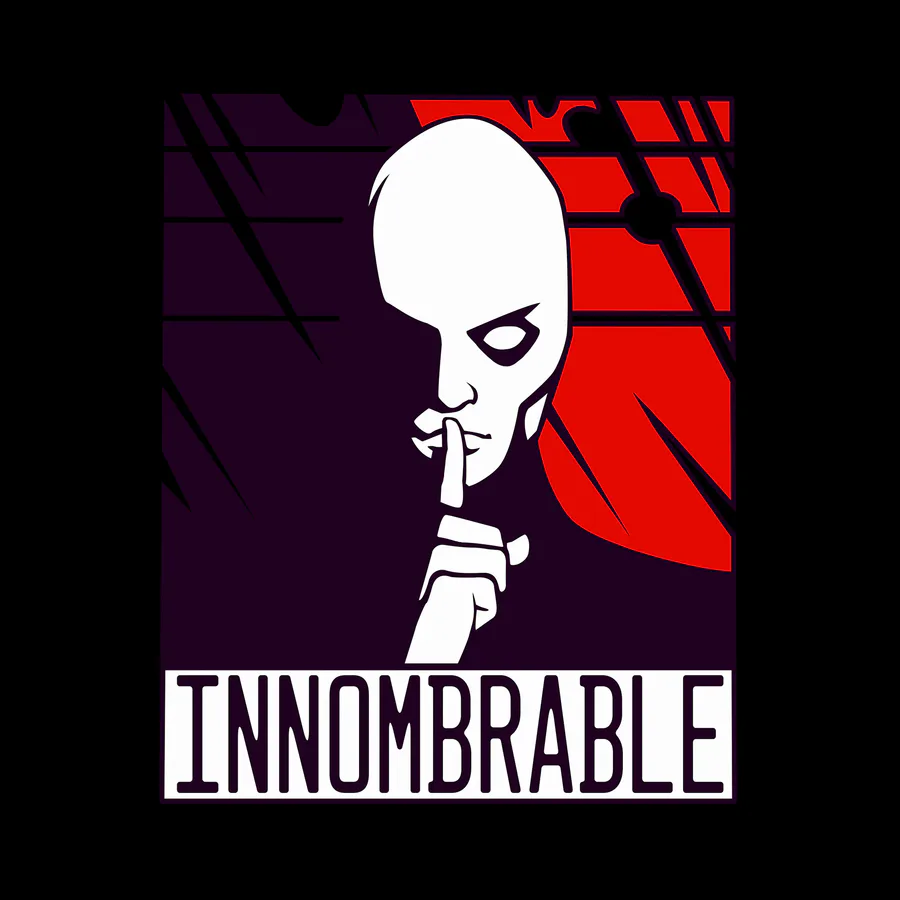


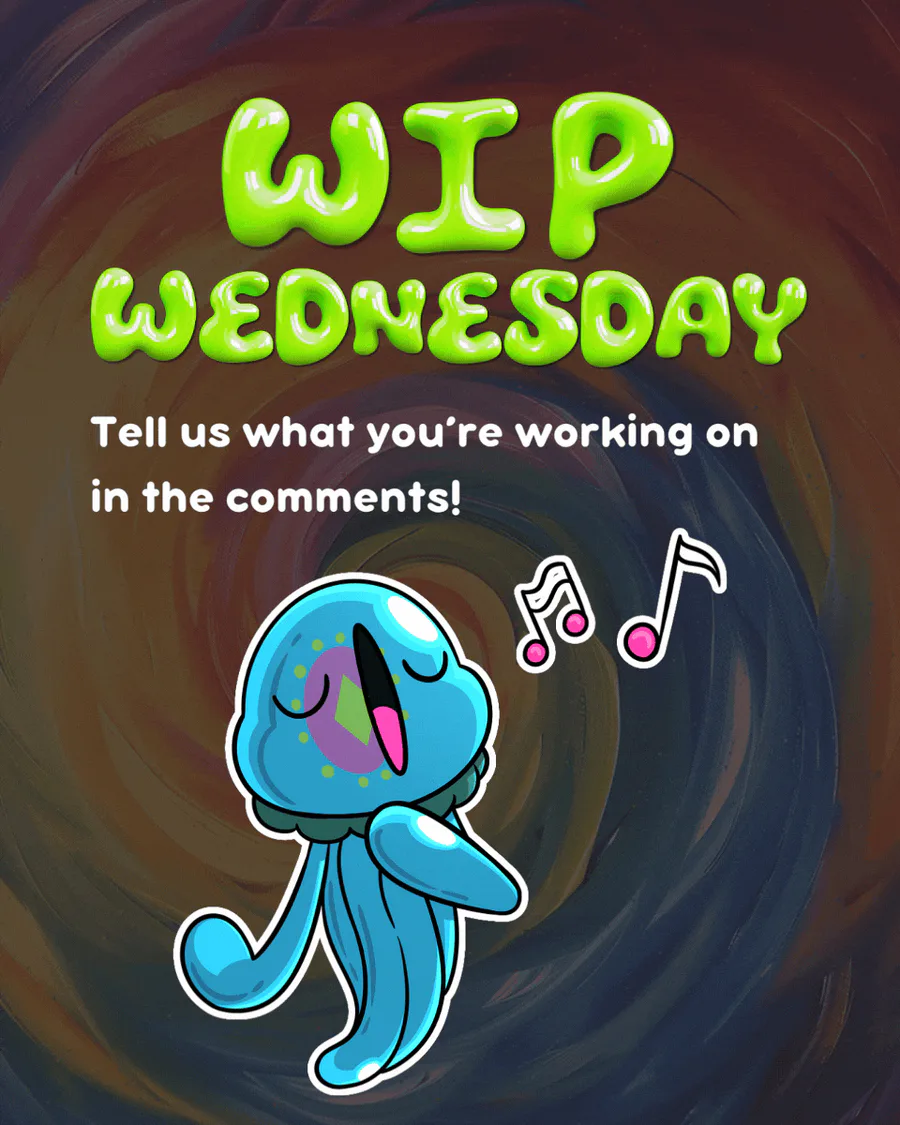
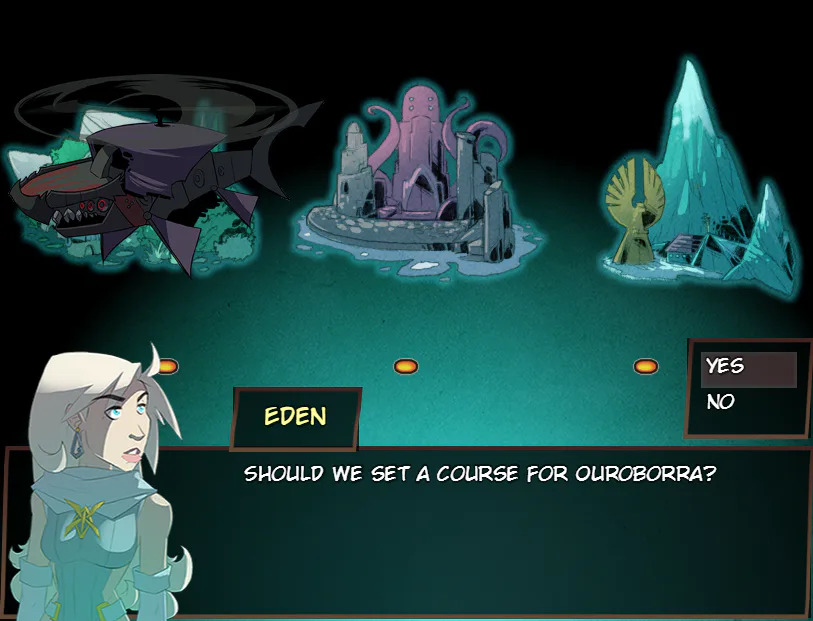
0 comments